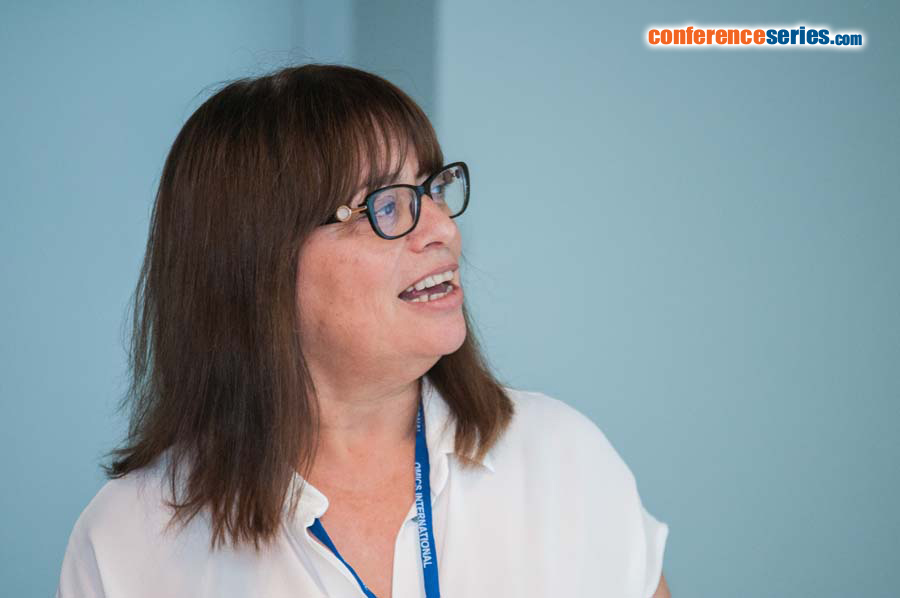Talila Volk
Weizmann Institute of Science, Israel
Title: The mechanobiology of muscle nuclei: Mechanism and functional significance
Biography
Biography: Talila Volk
Abstract
Nuclear shape and morphology is essential to maintain the epigenetic state of the genome and is robust in differentiated cells. In contrast to nuclei in non motile tissues, nuclei in differentiated skeletal and cardiac muscles are facing iterated and altered cytoplasmic mechanical forces, produced by muscle contraction/relaxation waves. Recent findings from several labs (including ours), uncovered a muscle-specific network of nuclear associated cytoskeletal proteins, which is essential to protect muscle nuclei from the variable cytoplasmic strain induced by muscle contraction/relaxation and consequently is essential for the maintenance of myonuclear shape. We are studying Nesprin-related mechanisms essential for maintenance of robust muscle nuclear structure. Our recent studies identified intra-nuclear alterations in the distribution of chromatin elements and DNA within the muscle nuclei of Nesprin/MSP-300/Klar mutants. These proteins were shown to be essential for linking the nuclear membrane with the microtubule network, as well as with muscle sarcomeres, in order to maintain robust myonuclear shape. Furthermore, we have identified a novel membrane protein, (Muscle-specific-alpha2delta), which is essential for keeping Nesprin/MSP-300 in the nuclear membrane preventing its re-translocation to the ER. Live imaging of muscles within intact Drosophila larvae with fluorescently labeled nuclei and Z-lines enabled imaging of myonuclei during muscle contraction/relaxation waves. A general recovery of myonuclear shape is detected in the course of contraction/relaxation waves of wild type larvae. In contrast, mutant nuclei became fluidic and exhibited significant deformation. We suggest that this deformation is the basis for defects in the intra-nuclear organization of chromatin, which further leads to aberrant transcriptional alterations in the mutant muscles. Such alterations might represent the cause for the numerous muscle diseases associated with mutants of the LINC complex in humans.




